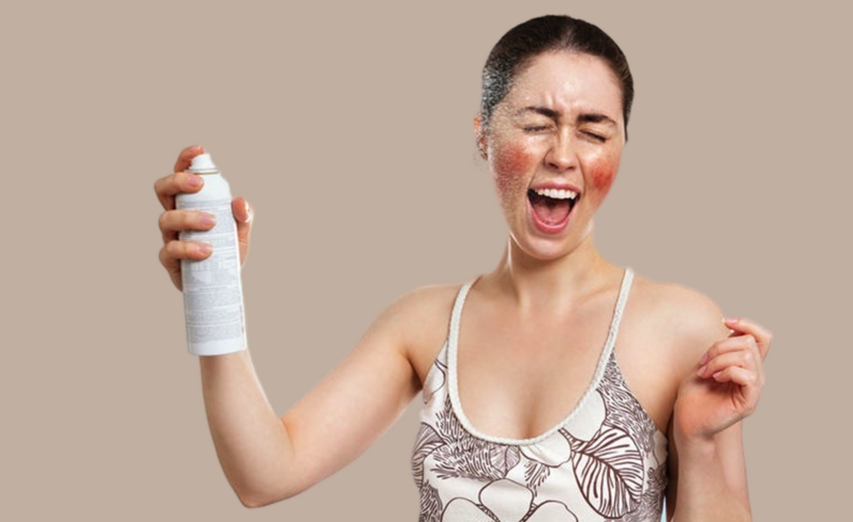Acne spot treatments according to dermatologists

We've all been there—you wake up, look in the mirror, and spot a big, inflamed pimple front and center. The first reaction? Panic. You grab the strongest spot treatment you can find, hoping for a miracle, only to end up with an irritated, flaky mess that’s hard to cover. To avoid this scenario, it's essential to understand how to properly use spot treatments for the best results.
What is Acne Spot Treatment?
Spot treatments are highly concentrated products designed to deliver active ingredients directly to a blemish. Unlike cleansers or serums meant for the whole face, spot treatments target individual pimples and work best on surface-level breakouts. While effective for papules and pustules, they are less useful on cysts or nodules. For ongoing acne prevention, remember that a complete anti-acne regimen should be applied to the entire area, not just individual pimples.
Benefits of Spot Treatments
Spot treatments deliver acne-fighting ingredients directly to problem areas, reducing redness, pain, and swelling while helping to clear blocked pores. They can also reduce bacteria on the skin's surface, minimizing infection risk and helping pimples heal faster.
How to Choose the Best Spot Treatment for Your Skin
When selecting a spot treatment, look for ingredients suited to your skin type and acne severity. For instance, oily and acne-prone skin often benefits from stronger ingredients, while sensitive skin may require gentler formulations. Starting with lower concentrations of active ingredients, like benzoyl peroxide or salicylic acid, is generally recommended.
Key Spot Treatment Ingredients
-
Benzoyl Peroxide: Known as one of the most effective over-the-counter treatments, benzoyl peroxide reduces inflammation and kills acne-causing bacteria. Look for formulations with micronized benzoyl peroxide for effectiveness with less irritation.
-
Salicylic Acid: This BHA penetrates deep into pores to break down blockages and remove excess oil. It’s ideal for treating blackheads, whiteheads, and refining skin texture.
-
Retinoids: Derived from vitamin A, retinoids reduce inflammation and prevent new blemishes by speeding up cell turnover. They’re also effective in reducing acne scars and smoothing skin.
Types of Spot Treatments
- Acne Patches: These hydrocolloid patches absorb pus and oil while keeping the area protected from bacteria and picking.
- Pink Clay Mask: A small amount of MDacne's pink clay mask applied overnight works as a great spot treatment.
- Zinc Oxide Lotions: These reduce redness and dry out pimples, though they don't prevent future breakouts.
Spot Treatment Mistakes to Avoid
- Using Treatments Not Meant for Skin: Avoid unconventional remedies like toothpaste or lemon juice, which can cause inflammation and worsen acne.
- Relying Solely on Spot Treatments: For effective acne management, you need a comprehensive skincare routine that prevents breakouts in the first place.
- Overusing Spot Treatments: Applying too frequently can dry out and irritate the skin. Limit application to twice daily.
Preventing Future Breakouts
Preventing breakouts is all about consistency. A skincare routine that includes a salicylic acid cleanser, oil-free moisturizer with niacinamide, and daily sunscreen can help keep skin clear. For body acne, a body wash with a higher salicylic acid concentration and a benzoyl peroxide treatment can work wonders.
Spot treatments can be a quick fix for occasional pimples, but a well-rounded skincare routine is key to keeping your skin consistently clear.
Shop:
Pimple Master Patch Duo
MDacne pink clay mask
More info:
The Best Pimples Patches For Acne Spot Treatment
References
Acne Vulgaris: Treatment Guidelines from the AAD
Flattening of atrophic acne scars by using tretinoin by iontophoresis
Hyperpigmentation Therapy: A Review
To find the right acne treatments for your unique skin, take the free skin assessment by clicking here.



